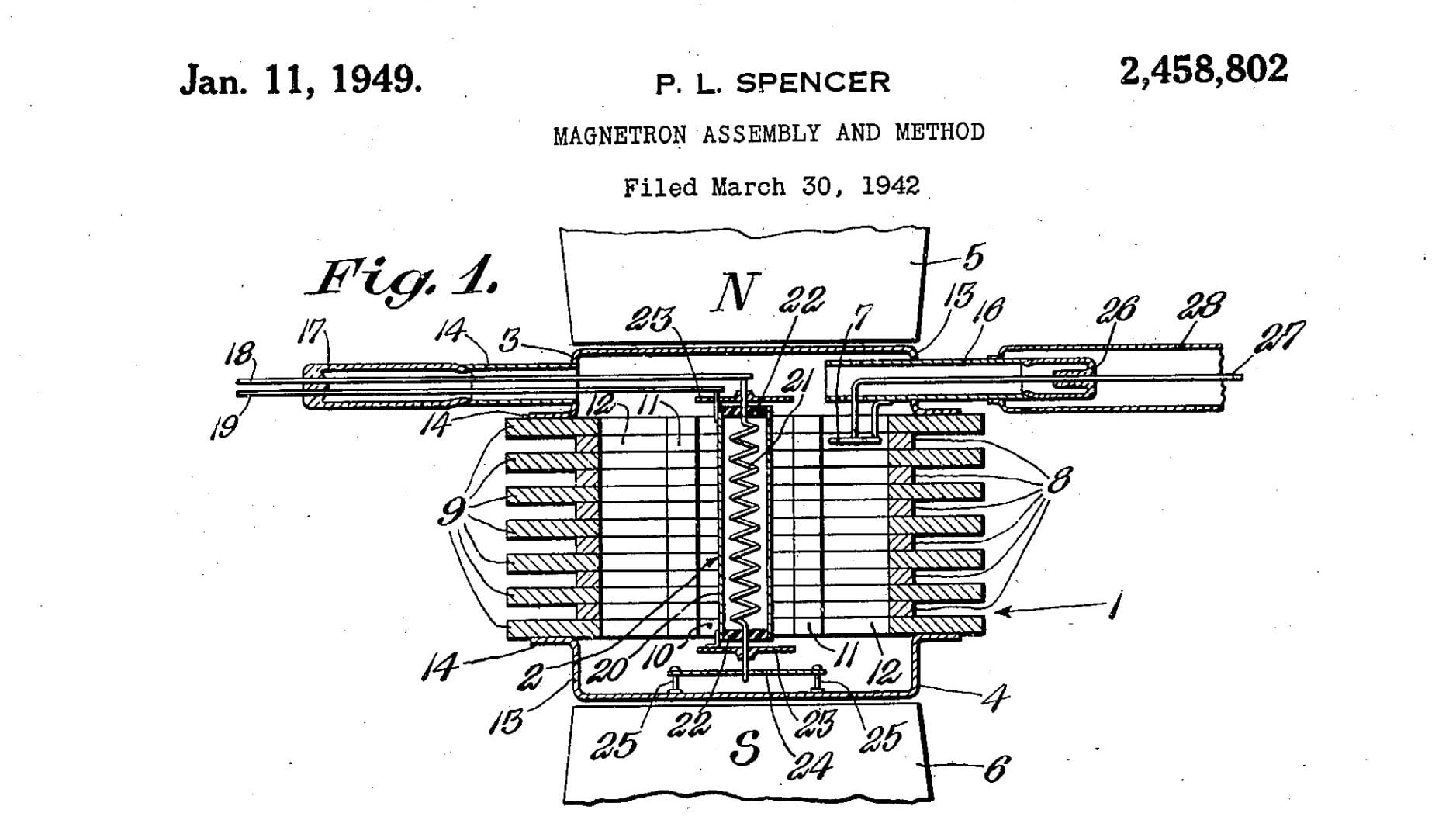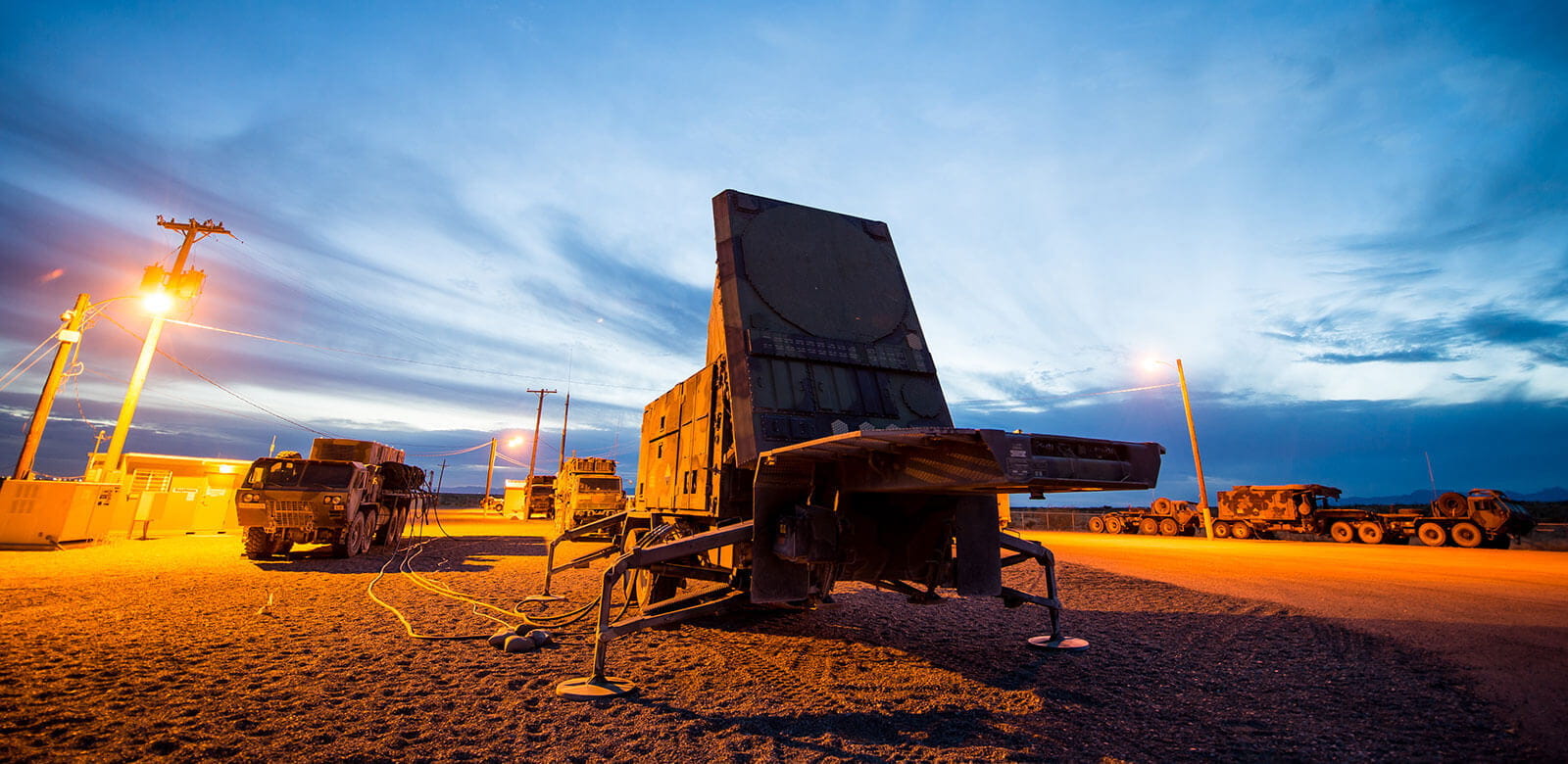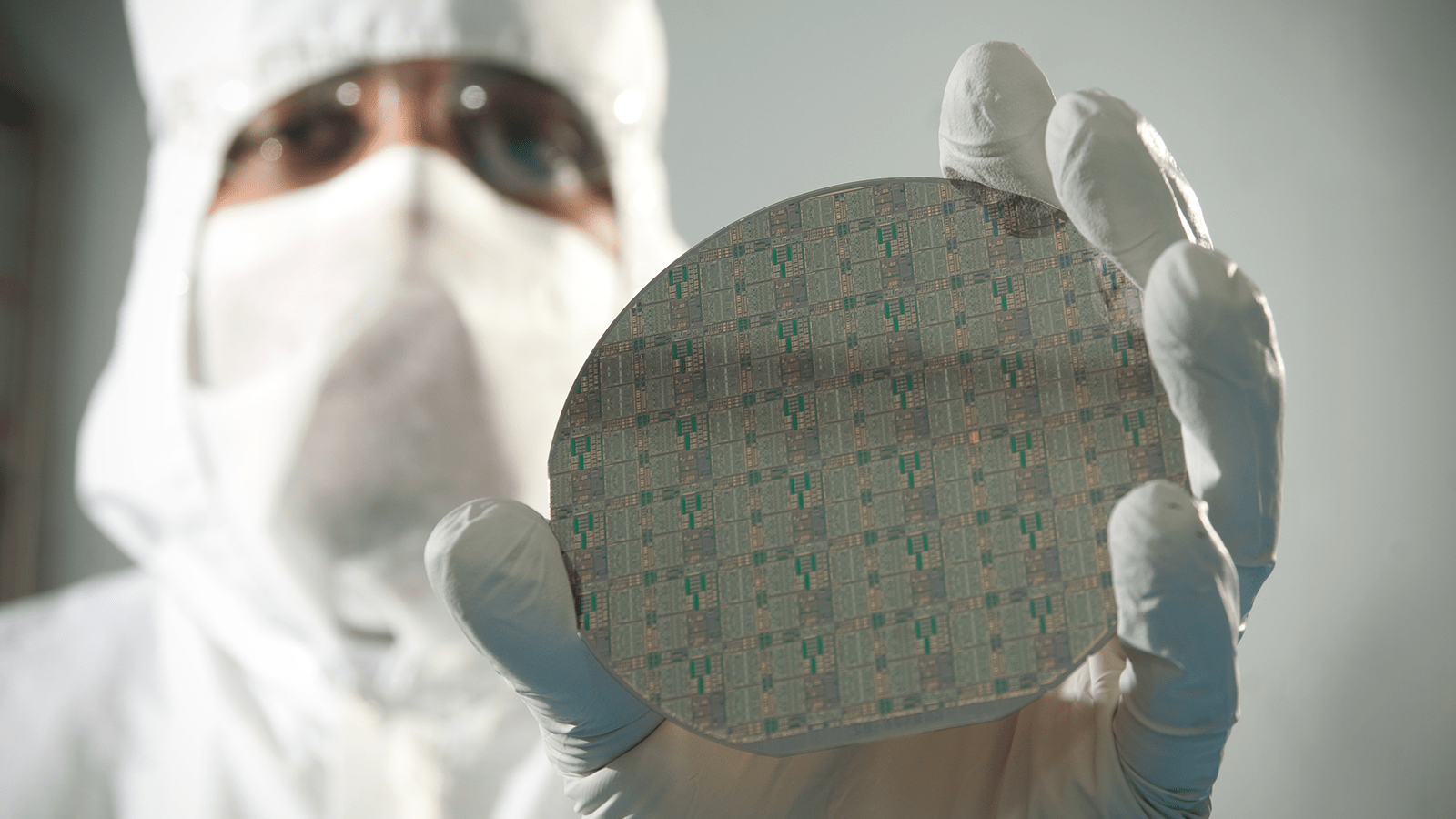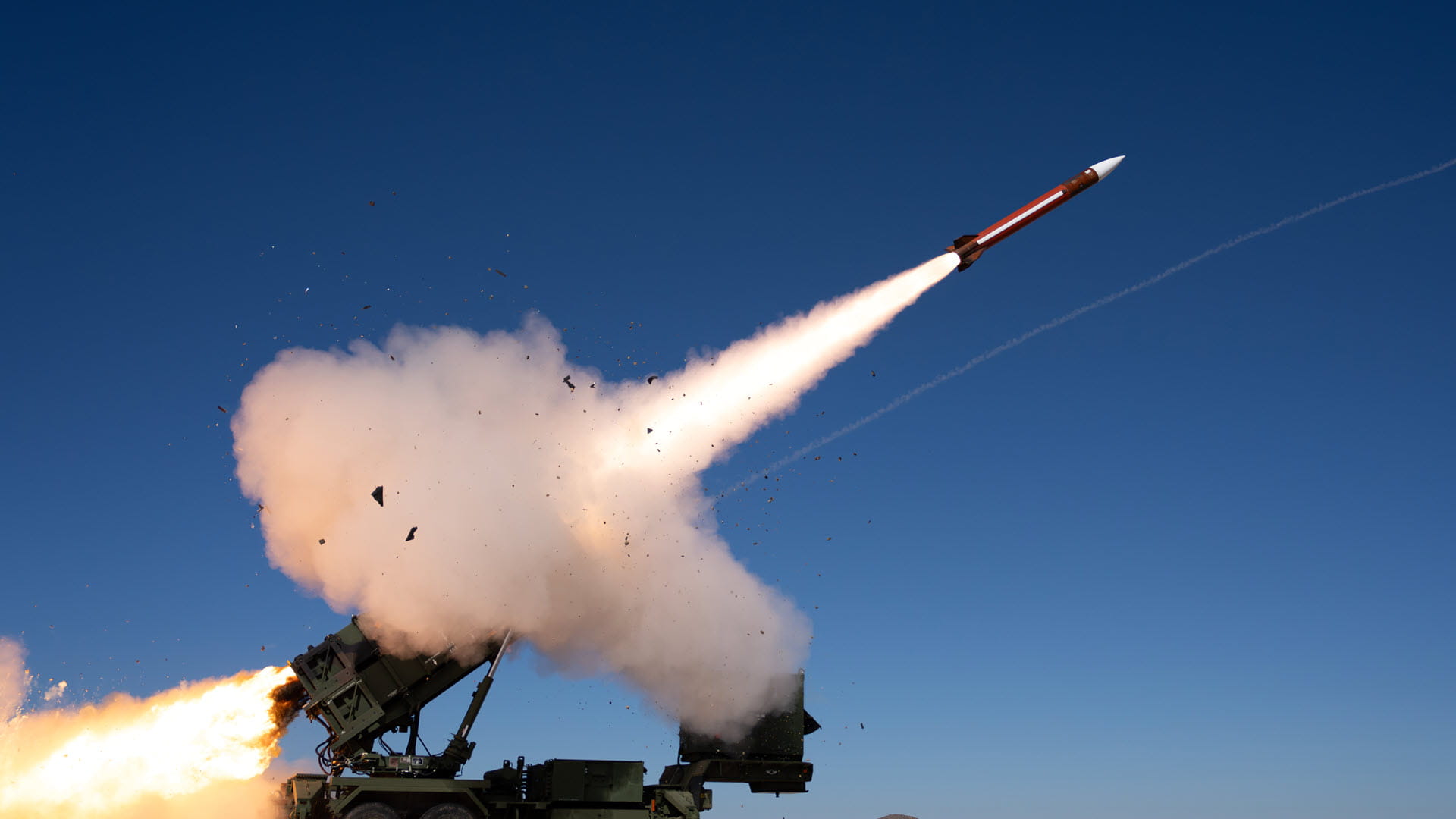How radars tell the tech story of Raytheon Company
From WWII-era magnetrons to today’s AESA radars, the company has always innovated
Tony LoPresti couldn’t believe it.
Gathered around a television in a ski rental house at Mount Sunapee, New Hampshire, LoPresti and a few friends from work were glued to grainy news footage of repeated white flashes.
It was January 1991. What LoPresti and his colleagues were watching was the world’s first-ever look at ballistic missile defense, as the Patriot missiles he helped design at Raytheon’s plant in Andover, Massachusetts, were deployed to intercept Iraqi Scud missiles in the Gulf War.
"I couldn’t keep my eyes off it," said LoPresti, who was then 29 and is now recently retired as the technical director of the Patriot program at Raytheon Missiles & Defense, a Raytheon Technologies business.
A few weeks later, back at work, he stood in a crowd of what felt like thousands of factory workers, engineers and others as President George H.W. Bush visited the Andover facility to celebrate the company’s contribution to Operation Desert Storm – and the debut of a defense technology that quickly became part of the American vernacular.
LoPresti can still hear something the president said that day more than 30 years ago.
"Some people called it impossible, and you called it your job," Bush said. "They were wrong, and you were right. Thank God you were right."
The presidential visit, and the events that prompted it, made Patriot synonymous with ballistic missile defense. It also enhanced Raytheon Company’s reputation as a premier developer of not just missile interceptors but the radars that guide them – a reputation that began some 50 years earlier, and one that will remain a pillar of the company that is now Raytheon Technologies.
How it started

This illustration shows Percy Spencer's method of manufacturing magnetrons quickly – an innovation that led to faster production of military radars and gave the Allies an edge in World War II.
Raytheon Company’s first big break in radars came in 1942, when chief engineer Percy L. Spencer found a way to mass-produce magnetrons, the part of a radar that emits the signal. The Allies needed them desperately, but at the time, there was no way to make them quickly – the company could produce only 17 a week.
As the story goes, Spencer was sitting at his desk, deep in thought, fidgeting with a handful of coins on the desktop. Inspiration hit. Spencer imagined a way to stack the magnetrons like those coins, laying solder between them. He devised a stamping system that worked like a cookie cutter.
The company filed for a patent and secured a contract with the U.S. Navy in 1942. By the end of World War II in 1945, Raytheon was manufacturing over 80 percent of magnetrons for the Allied forces.
"Out were coming magnetrons like sausages in a factory. That landed Raytheon the contract," said Chet Michalak, a principal technical support engineer at Raytheon Missiles & Defense, echoing the way former Raytheon President Charles Francis Adams described it in a documentary about the company. "It is still something we use today. It is the heart of every Patriot radar."
Building on success
The early Navy contract and the growth it brought to the company “is one of the defining points” in Raytheon’s history, said Jonathan Grenier, principal specialist administrator at Raytheon Missiles & Defense.
The next major breakthrough in radars came in the 1970s, when the company began research in the use of the semiconductor gallium arsenide. That paved the way for a new class of lower-cost phased array radars that could be built from modules tiled together to work as a single unit. Those radars brought marked improvements in range, energy efficiency and overall reliability, said Colin Whelan, president of Advanced Technology at Raytheon Missiles & Defense.
"Raytheon quickly became known as the phased-array radar place with the latest and greatest technology," Whelan said.
A strong foundation
That reputation grew even further in the late 1990s, when Raytheon applied the lessons of gallium arsenide to introduce gallium nitride, a glass-like material that is five times more powerful. Gallium nitride offered engineers significant flexibility – they could either design radars that saw about 50 percent farther than the current models, or they could build current-state radars at about half the size and cost.
"You can use the technology to trade off size, weight, cost – so gallium nitride made it possible to make a radar smaller, more powerful and affordable," said Whelan. "Raytheon's pioneering work in gallium nitride also allowed us to introduce this new technology first to radars, and that is why Raytheon was selected to produce many large U.S. defense systems."
Today, gallium nitride powers the next generation of missile-defense radars that are taking Raytheon Technologies into the future, including the Lower Tier Air and Missile Defense Sensor, or LTAMDS.
It’s also powering radars in other military domains. For example, a new radar known as PhantomStrike will put the fire control capabilities of a fighter jet on practically any airborne platform; and the SPY-6 family of radars performs air and missile defense on seven classes of U.S. Navy ships.
"We have studied the radar mission set from every possible angle that is out there," said Joe DeAntona, the requirements and capabilities executive for land warfare and air defense at Raytheon Missiles & Defense. "Because we have been doing that for such a long period of time, we have built a foundation of expertise and understanding that positions us to continue to be the leader in the future."

The Patriot Air and Missile Defense System, now known as Global Patriot Solutions, is continuously upgraded and serves as the foundation of integrated air and missile defense for 17 nations.
Powered by the past
Raytheon’s history of innovation has provided a foundation for the company to deliver what customers need, DeAntona said.
"When you put something on the battlefield, it needs to be more than one-dimensional," said DeAntona. "It needs to do several things to address multiple threats."
"People know if you buy a Raytheon radar, you’re buying the best radars in the world," he continued. "Our foundation is broad enough that we don’t have to start from ground zero anymore. We can become more responsive to the customer and provide a solution in a timeframe that’s very competitive."
Why we do it
Bob Connors remembers getting to work at 4 a.m. on the day of that presidential visit in 1991. At the time, he was working as a shop foreman to support ramped-up Patriot production. Security with the U.S. Secret Service was tight and the crowd of employees was large, so he joined assembly workers in the cafeteria to watch the president speak on a live stream.
"It was euphoric," said Connors, now senior director of business resilience and crisis management. "It was really the first time many people felt a connection with their job and national security. Everyone found immediate purpose, no matter what their job was."
100 years of era-defining innovation

It began as a tech startup in 1922. Over the next 100 years, it grew into one of the largest companies in aerospace and defense. See how Raytheon Company laid the foundation for what is now Raytheon Technologies.


